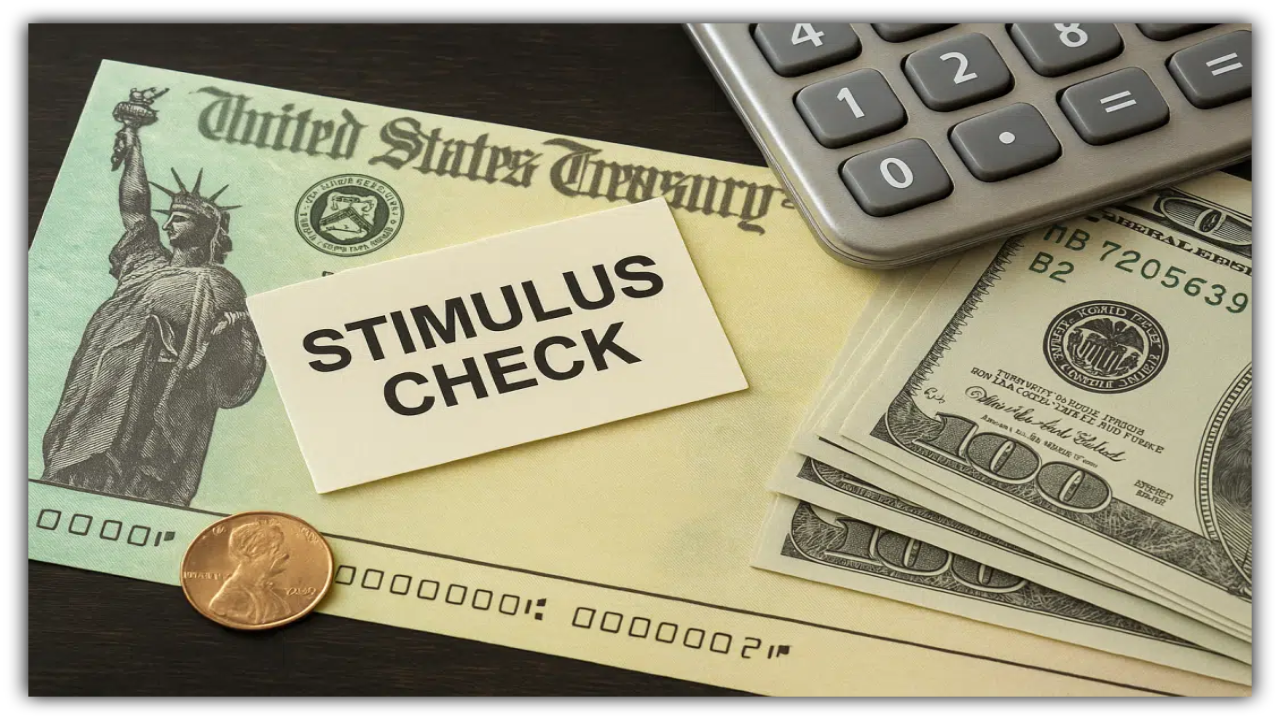No New Federal Stimulus in 2025? Check Out the State Cash You Could Be Missing!
If you’ve been holding your breath for a new federal stimulus check in 2025, it might be time to exhale—because right now, there’s no new federal stimulus on the horizon. The IRS has made it clear that no new federal payments are coming this year, and the deadline to claim the 2021 Recovery Rebate Credit has already passed in April 2025.
But don’t panic just yet—there’s still some hope for financial relief. While the federal government isn’t offering any new checks, many states have decided to step up and offer their own help to residents. Let’s dive into the state-level programs that are offering a lifeline to those still feeling the financial pinch.
The State Relief You Didn’t Know You Needed
Even though the federal government isn’t writing checks in 2025, states across the country are making moves to ease some of the burden. From tax rebates to one-time payments, here’s a look at what states are doing to help their residents.
New York: Up to $400 Inflation Refunds
New York is getting creative with their relief. If you live in the Empire State, you might be eligible for an Inflation Refund Check of up to $400. This program is part of the state’s Fiscal Year 2026 budget, which includes a $2 billion allocation to help fight rising costs. New York is aiming to send these checks to eight million residents, but there’s still some mystery around the exact eligibility requirements and when the checks will actually go out. Keep an eye on updates from the state—you might just get a little surprise check in the mail later this year!
Georgia: $250–$500 Tax Rebates
Georgia has been pretty consistent with its tax rebates over the past few years, and 2025 is no different. This year, if you filed your taxes for 2023 and 2024, you could receive anywhere from $250 to $500 in rebates, depending on your filing status. Single filers will get $250, heads of households $375, and married couples will get $500. This is all funded by the state’s $11 billion surplus, so it’s a great way for Georgia to give back to its residents.
While some people argue that these rebates mostly benefit wealthier taxpayers, the good news is that you don’t have to do anything special to get this money—if you’re eligible, you’ll get it automatically. Just make sure your tax filings are up-to-date!
South Carolina: $500 Palmetto Payback
South Carolina is offering a one-time payment of about $500 through the Palmetto Payback program. The money comes from a $950 million fund meant to return unclaimed property to South Carolina residents. This payment will be sent automatically to those who are eligible—no forms to fill out, no extra steps needed. If you’re in South Carolina, you’ll likely get a letter notifying you about your payment, and all you’ll have to do is make sure your address is correct.

New Jersey: $600 ANCHOR Payments
New Jersey is also offering some relief through its ANCHOR (Affordable New Jersey Communities for Homeowners and Renters) program. If you’re a senior renter or a low- to moderate-income homeowner, you could be eligible for a $600 payment. Most of these payments are expected to be completed by the end of May 2025, so if you’re in New Jersey, check your mailbox soon!
Other States Offering Relief
Several other states are also jumping in to provide relief:
-
California: In addition to Middle Class Tax Refunds (MCTR), California is experimenting with Universal Basic Income (UBI) programs to provide long-term financial assistance to residents.
-
Colorado: Coloradans who filed taxes by April 15, 2025 will be eligible for TABOR refunds.
-
New Mexico: New Mexico residents can expect tax rebates ranging from $500 to $1,000 depending on household size.
-
Pennsylvania: If you’re an older adult, disabled, or a low-income renter in Pennsylvania, you might qualify for the Property Tax/Rent Rebate program.
-
Alaska: Alaska is distributing its famous Permanent Fund Dividends (PFD)—this year, residents can get up to $1,312 if they’ve lived in the state for the full year.
These state relief programs each have different deadlines, eligibility requirements, and payment methods, so it’s a good idea to check with your state’s Department of Revenue to see what applies to you. Make sure you’re using official websites to avoid scams!
What Should You Do?
Here’s a quick list of what you can do to take advantage of these state-level relief programs:
-
File your taxes if you haven’t already. Many programs require recent tax filings to determine eligibility.
-
Stay informed—check your state’s website regularly for updates about payment schedules and eligibility.
-
Watch out for scams—be careful about sharing your personal information. Always use official channels when checking on your payment status.
While the federal government might not be sending out more checks in 2025, state governments are stepping up to help those in need. Whether you live in New York, Georgia, South Carolina, or New Jersey, there’s a good chance your state is offering some form of financial relief. Keep an eye out for updates, file your taxes, and watch your mailbox for those much-needed payments.
It’s not the federal relief some were hoping for, but it’s still a lifeline for many people struggling with inflation and other financial challenges. And who knows—maybe there will be more to come as the year progresses!


Comments are closed, but trackbacks and pingbacks are open.